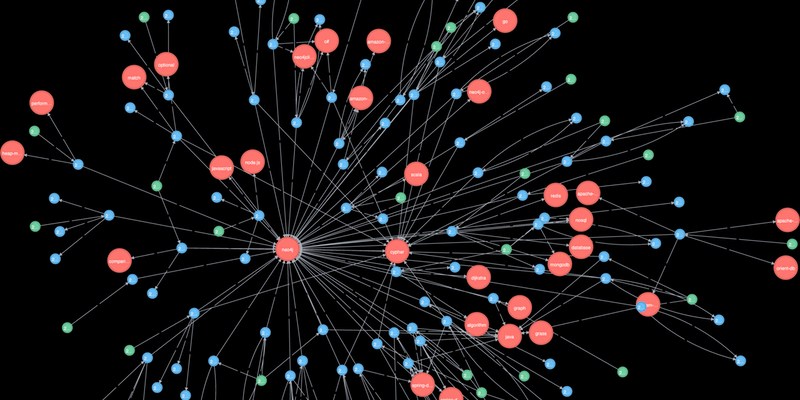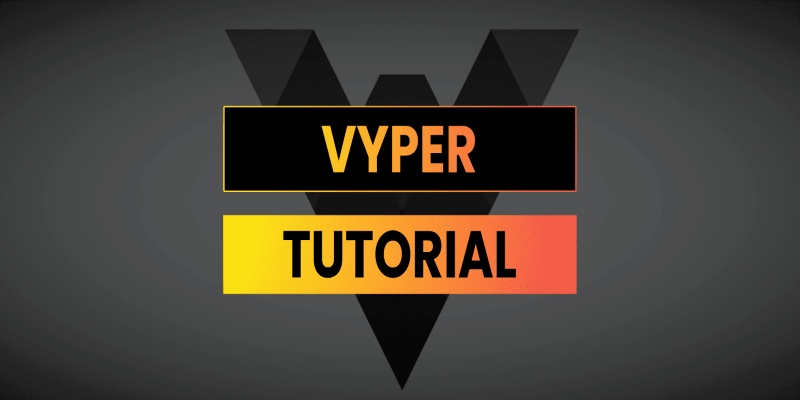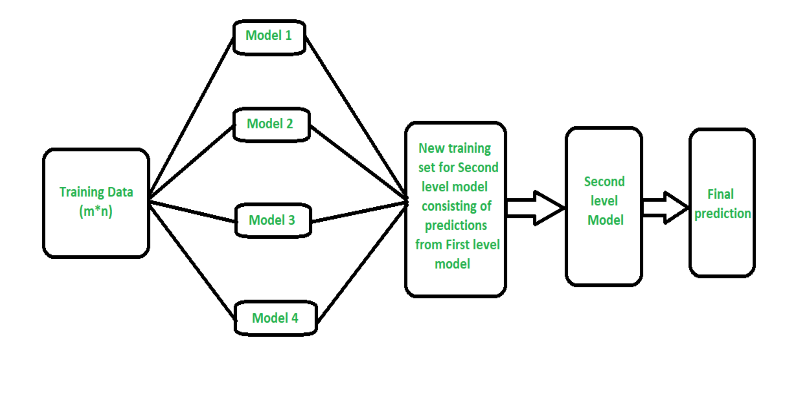Advertisement
Starting your first machine learning (ML) project can feel like you’re standing at the edge of something exciting but unfamiliar. There's a lot of talk around it—predictions, models, automation—but when it’s time to do it yourself, the path isn’t always obvious. What kind of project should you choose? How do you handle data? Which model makes sense?
Instead of diving into abstract theory, this article gives you a hands-on, clear breakdown of how to start your first ML project. No hype. No jargon overload. Just a solid, real-world approach that helps you build, learn, and make progress.
The best ML projects don’t start with a tool or algorithm—they start with curiosity. It’s easy to pick a popular dataset just because it’s available, but your project will mean more and keep your attention longer if it’s tied to something you already care about. That interest is what gets you through the slower parts—like data cleaning and debugging errors.
Start by asking a simple, focused question. This gives your project structure. For example, rather than “analyze sales data,” go with something more direct like “Can I predict next month’s total sales based on the last year?” When the question is specific, it becomes easier to find relevant data and measure success.
Avoid overreaching with your goals in the beginning. Trying to build a fully automated chatbot or a self-driving simulation as your first project can quickly become overwhelming. It’s better to complete a small project fully than abandon a larger one halfway through. If the goal is manageable, you’ll be able to finish and understand what you’ve built.
Once you've chosen your problem, sketch out what success looks like. Is its accuracy above a certain threshold? Is it spotting a trend in the data? Define this early so you're not guessing when you evaluate your model's performance later on.
Machine learning depends on good data. Whether you're working with text, images, numbers, or categories, you need structured input to train your model. If you don't have your data, that's fine. Start with something open-source. Kaggle is a great place for all levels, and sites like UCI or Data.gov offer datasets across many domains, including health, finance, and environment.

Once you have the dataset, your job is to prepare it for training. This step, often called preprocessing, can involve several tasks: removing missing values, formatting inconsistent data, scaling numbers, encoding categories into numerical values, and removing duplicate entries.
Exploring your data before modelling is critical. Use basic statistical summaries and plots to get a feel for distributions and relationships. Scatter plots, histograms, and correlation matrices can help you identify which features matter most. Don't rush into modelling before you understand what the data is telling you. If the input isn't clean or structured properly, even the most advanced model will give you unreliable results.
As a beginner, it’s easy to underestimate how much ML is really just smart data handling. In practice, a well-prepared dataset often has more impact than tuning the latest model parameters. Be patient and thorough here—it will save you time down the line.
You don’t need to start with deep learning or neural networks. Those tools are powerful but add extra complexity to a first project. Instead, pick a model that’s easy to understand and simple to implement. Linear regression, decision trees, and logistic regression are solid starting points. They’ll teach you the basics of prediction and classification without overwhelming you.
Use scikit-learn to experiment with your chosen model. It provides a simple framework to split your data, train your model, make predictions, and evaluate results. The interface is consistent across models, allowing you to easily try a different approach later using the same code structure.
Understanding how your model works is more valuable than just running it. Take time to explore what the model is actually learning. For instance, in linear regression, look at the weights assigned to each input. In decision trees, visualize the tree structure to see how it makes decisions.
Learning these fundamentals helps you recognize problems like overfitting—when a model performs well on training data but poorly on new data. When you know why a model behaves the way it does, you’re better equipped to improve it.
Don't stress about making it perfect on the first try. The goal is to complete the loop: question, data, model, and evaluation. Once that cycle is complete, you'll have something concrete to improve.
After training your model, test it with data it hasn’t seen before. This checks whether the model is genuinely useful or just memorizing patterns from your training set. Set aside a test split or use cross-validation to get a more honest performance score.

Depending on your problem, choose the right metric. For classification, accuracy, precision, and recall are common. For regression, mean squared error or mean absolute error works well. These metrics show where your model struggles and where it performs better.
Your model will make mistakes. That’s expected. Rather than fixing everything at once, tweak one thing at a time. Maybe add a feature, remove noise, or try a new model. These simple experiments make it easier to learn what helps.
Stay realistic. A beginner project doesn’t need to outperform professional models. Aim for something functional and understandable, not flawless. Don’t get stuck endlessly tuning parameters for tiny gains. Ask if your model answers the original question well enough.
Write down what you did. Whether in a notebook or code comments, keeping notes helps you understand your process and return to it later if needed.
Machine learning is less about perfect code and more about solving real problems step by step. Your first project won’t be perfect, and that’s okay. Building something from start to finish helps you understand how the pieces connect—data, models, and results. Each project makes you better prepared for the next. The key is to start, learn from the process, and keep going. Don’t wait until you know everything. Begin now.
Advertisement

How Hugging Face for Education makes AI accessible through user-friendly machine learning models, helping students and teachers explore natural language processing in AI education

Explore how Neo4j uses graph structures to efficiently model relationships in social networks, fraud detection, recommendation systems, and IT operations—plus a practical setup guide

How a course launch community event can boost engagement, create meaningful interaction, and shape a stronger learning experience before the course even starts

Curious what’s really shaping AI and tech today? See how DataHour captures real tools, honest lessons, and practical insights from the frontlines of modern data work—fast, clear, and worth your time

How Q-learning works in real environments, from action selection to convergence. Understand the key elements that shape Q-learning and its role in reinforcement learning tasks

Curious why developers are switching from Solidity to Vyper? Learn how Vyper simplifies smart contract development by focusing on safety, predictability, and auditability—plus how to set it up locally

Curious about how to start your first machine learning project? This beginner-friendly guide walks you through choosing a topic, preparing data, selecting a model, and testing your results in plain language

How fine-tuning CLIP with satellite data improves its performance in interpreting remote sensing images and captions for tasks like land use mapping and disaster monitoring

Curious how stacking boosts model performance? Learn how diverse algorithms work together in layered combinations to improve accuracy—and why stacking goes beyond typical ensemble methods

A detailed look at training CodeParrot from scratch, including dataset selection, model architecture, and its role as a Python-focused code generation model

Should credit risk models focus on pure accuracy or human clarity? Explore why Explainable AI is vital in financial decisions, balancing trust, regulation, and performance in credit modeling

Learn how to build scalable systems using Apache Airflow—from setting up environments and writing DAGs to adding alerts, monitoring pipelines, and avoiding reliability pitfalls